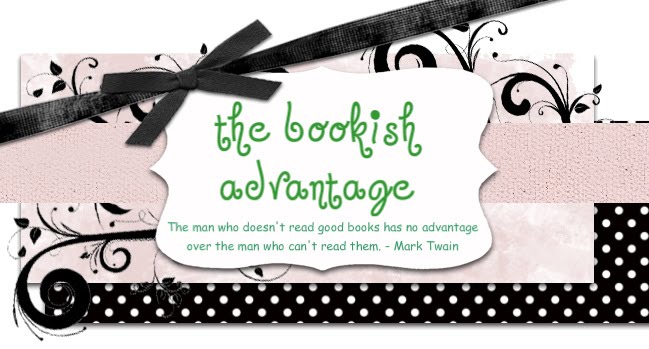Reflection: “Going with the Flow: How to Engage Boys (and Girls) in their Literacy Learning” (Chapter 3) by Michael W. Smith and Jeffrey D. Wilhelm
As I read through this chapter, I was especially impressed by the idea of the inquiry unit, because it seems to be an engaging way to get students involved in their own learning. An inquiry unit focuses around a big, central question, but can then tie in a variety of learning experiences across the curriculum to ensure that students fully understand the content. The process of designing an inquiry unit has three steps: (1) Start with a big, essential question, (2) Identify real-world tasks that involves responding to the question in a “real” way, and (3) Plan backwards from by finding/planning activities that will address the big question and enhance students’ understanding. (p. 56)
The Big Question: Students “need to understand how knowledge has been created to solve past problems so they will know the story behind the facts and the uses and justifications behind the methods and concepts that the discipline has created.” (p. 57) This should really be the goal of good teaching. Teachers need to make sure that students understand not only what they are learning, but how it fits into the big picture. The article describes students as wanting to “be readied to do real work in the world, not just ‘do school.’” (p. 57) a statement that ties directly into one of the core principles of content literacy (read and write as if you are in the field). The inquiry units seem to be giving students exactly what they want, while also teaching content and encouraging the students to use their new content with real world application.
As I read about the “big question,” it was clear that the most important question for teachers to ask themselves while planning is “Why do I teach this beyond the obvious, because it’s required?” I truly believe that I do a good job of helping kids make connections. I am constantly prompting my students with, "Ok, now that we know the facts, why do we care? Why is this important to you?" At the beginning of the year, I get a lot of blank stares, and we work through the connections together. But as we move through the year, students start to make the connections and offer them before I even ask the question. I think that using inquiry units in my classroom will only enhance that aspect of learning.
Options: While “inquiry units” is a great topic, I was glad to read about the more detailed suggestions for use in the classroom. It sounds like the big question can actually cover a small chunk of material. The article said that some questions focused on major themes, but others focused on only a single text or experience. The “Tips for Composing Guiding Questions” (p. 62) were very helpful in pointing out that the first step of planning is to consider what is worth understanding. Four criteria were offered for making sure that an inquiry unit topic is actually appropriate. The criteria say that things worth understanding are: engaging, enduring, at the heart of the discipline, and in need of ‘uncoverage’. I also appreciated the examples of how to take what you have (Reframing a required text/topic, reframing a standard, and looking around the community – p. 63-64) and turn it into an inquiry unit.
I was comforted to hear that even the exemplary example found that he started small the first year. I think that starting small is a great way to actually implement the inquiry unit, rather than becoming overwhelmed and just giving up. Then, each following year, I can add another piece to the unit to make it better. My initial reaction was to create an inquiry unit that incorporates our economics standards. I already use the Junior Achievement BizTown materials and read Kid Power, but I think that an inquiry unit could help to tie those pieces together in a more effective way.
Questions: Can a simulation like JA BizTown be a part of an inquiry unit? The JA BizTown experience is the culminating event to the curriculum, and the kids definitely get their real world connection by being there. But I still think that there are bigger ideas that could be connected to the experience.
Subscribe to:
Post Comments (Atom)





0 comments:
Post a Comment